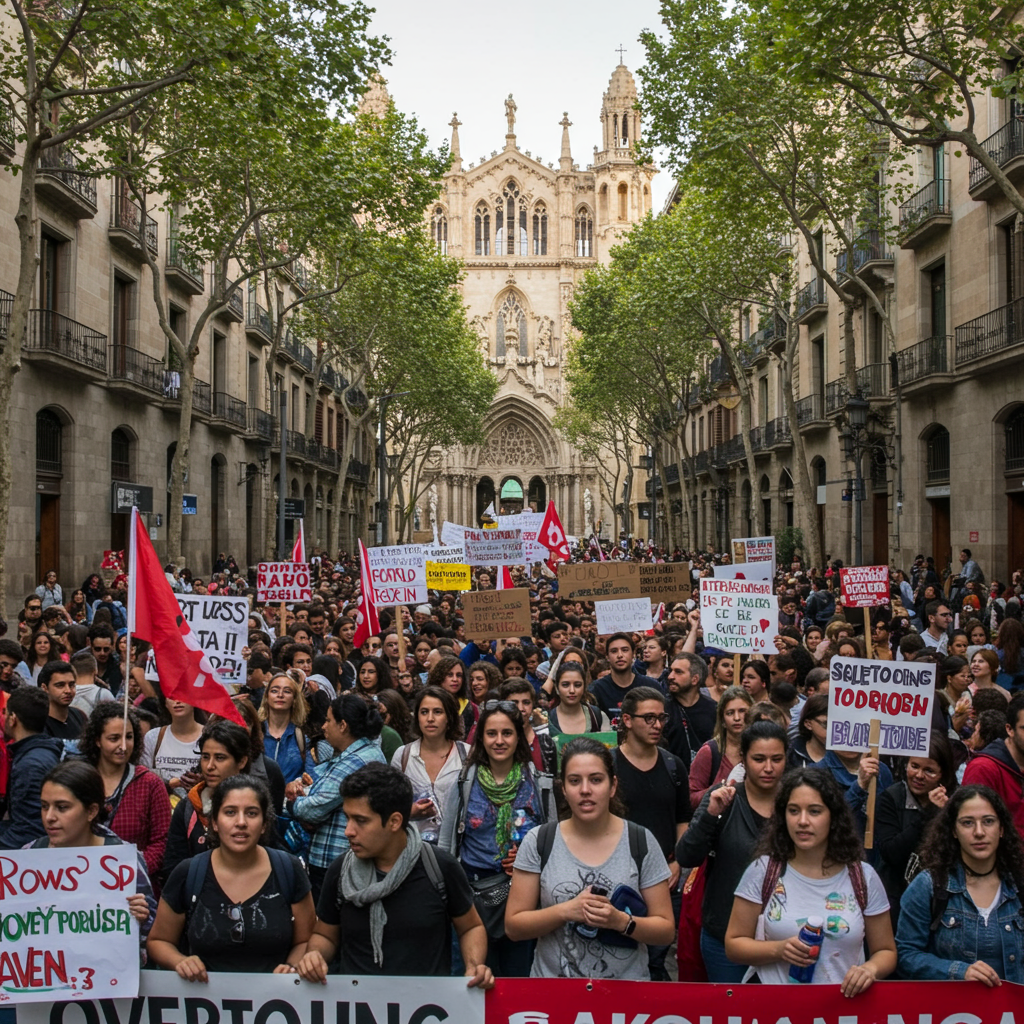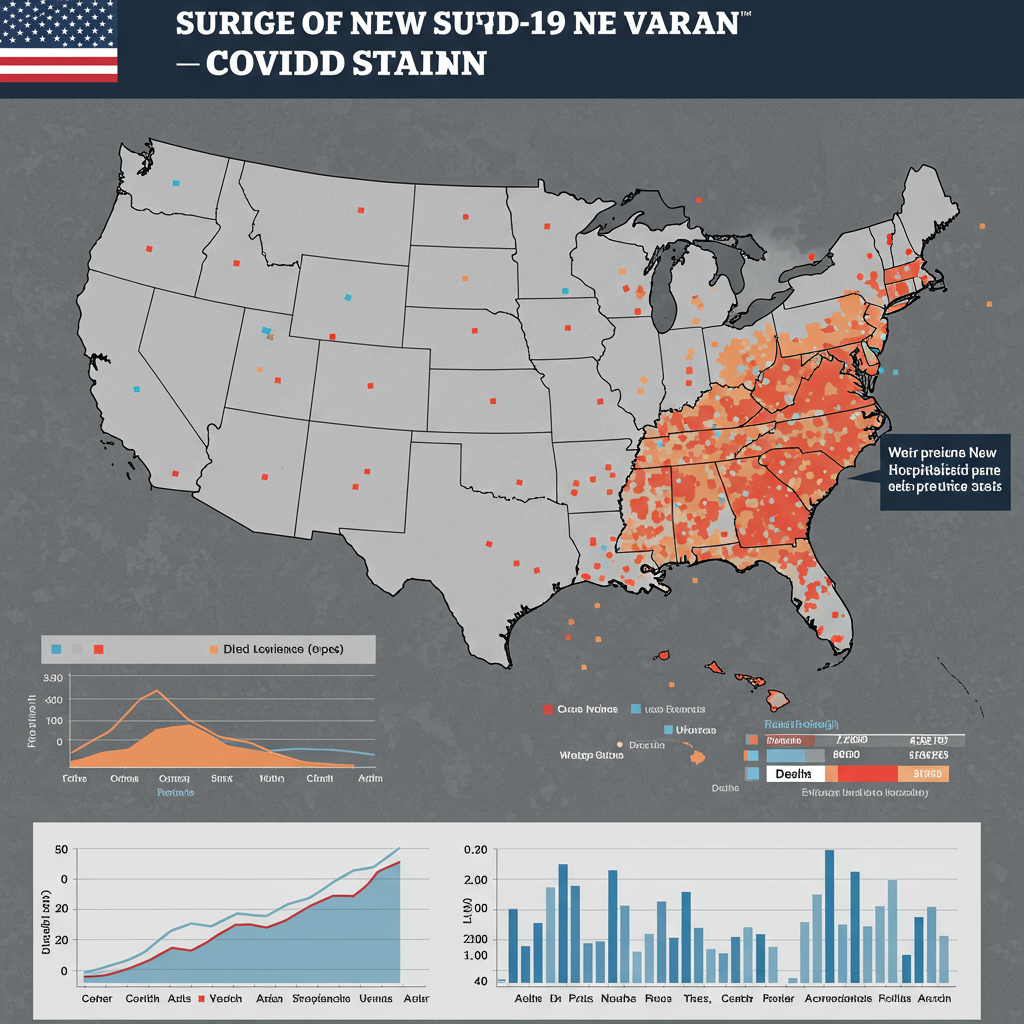Barcelona, a vibrant city renowned for its stunning architecture, Mediterranean charm, and rich culture, has long been a jewel in Spain’s tourism crown. But behind the postcard-perfect facade, a growing conflict is brewing. Residents, increasingly frustrated by the relentless surge of visitors, are pushing back, arguing that mass tourism is making their city unlivable.
This isn’t just a local issue; it’s a sentiment echoing across popular destinations in Southern Europe, from Palma and Venice to Lisbon and the Canary Islands. Residents feel they are being systematically squeezed out of their own communities, trading their quality of life for the economic demands of an ever-expanding tourism industry.
The Root Cause: A Housing Crisis Fueled by Tourism
At the heart of the backlash is a severe housing crisis. As protesters march through the streets, their most prominent grievance is plastered on banners and shouted in slogans: “Your AirBnB used to be my home.”
Soaring Rents: The proliferation of short-term tourist rentals has drastically reduced the availability of long-term housing. This scarcity, combined with demand from tourists and higher-earning expatriate or ‘nomad’ workers, has sent rental prices skyrocketing. Some residents report rents increasing by over 30%, making it nearly impossible for many to afford living in the city centre, or even anywhere affordable within reach of their jobs.
Displacement and Eviction: Long-term residents, particularly those on fixed or lower incomes, are being displaced. The emotional toll is heavy; 80-year-old Pepi Viu, for example, was evicted from her home of almost a decade because her landlord likely sought higher rent, leaving her in a hostel and facing a market where prices have surged by around 70% since she last rented. In some historic neighbourhoods, almost all locals have already been pushed out, replaced by tourist flats. Even residents fighting to hold onto long-held family homes, like Joan Alvarez in the Gothic Quarter resisting a landlord seeking to convert his building into tourist units, find themselves on the front lines of this battle.
Changing City Character: Beyond just housing, the influx of tourism is altering the very fabric of the city. Traditional local businesses are being replaced by souvenir shops and fast-food outlets catering to visitors. Areas once vibrant with local life, like those near Park Güell, are described as feeling more like theme parks, leaving no space for residents.
More Than Just Housing: Strain on Resources and Services
The pressure isn’t confined to housing. The sheer volume of visitors strains city resources and infrastructure:
Water Scarcity: In regions facing droughts, like Catalonia, residents are asked to conserve water while the tourism sector’s consumption remains largely unchecked, highlighting a perceived inequality in burden-sharing.
Overcrowding: With over 15 million visitors last year – nearly ten times Barcelona’s population of around 1.6 million – common spaces, public transport, health services, and waste management systems face immense pressure.
From Peaceful Signs to Confrontation
The frustration has boiled over into increasingly visible protests. While some demonstrations involve peaceful marches and banners, others employ more direct, sometimes confrontational, tactics:
Protesters have used symbolic actions like spraying tourists with water pistols or pasting “Tourist Go Home” stickers on hotels and rental properties.
More aggressive incidents have occurred, including shouting at tourists, setting off smoke bombs, kicking flares into hotel lobbies, and confronting hotel staff, leaving visitors visibly shaken.
In other areas of Spain, residents have used fake signs on beaches warning tourists of nonexistent dangers (like jellyfish or pollution) as a way to deter visitors, with small text in Catalan revealing the true message: “The problem is mass tourism.”
These actions reflect the depth of anger felt by residents who feel unheard. Slogans like “Your holidays, my misery,” “Mass tourism kills the city,” and “Their greed brings us ruin” convey a sense that the economic benefits of tourism are coming at a severe social cost for those who live there year-round.
Seeking Solutions: Bans, Regulations, and Disagreement
Authorities are under pressure to respond. Recognizing the gravity of the situation, Barcelona has taken a radical step, announcing a complete ban on short-term tourist rentals in apartments by 2028, which will affect around 10,000 licenses. Spain’s government has also ordered platforms like Airbnb to remove listings that violate local regulations, with a minister emphasizing that tourism “cannot jeopardize the constitutional rights of the Spanish people,” including the right to housing.
However, these measures are not without controversy. Property owners with tourist licenses argue they are being unfairly scapegoated for broader housing and policy failures. Jesus Pereda, who rents out tourist flats, points out that rents were rising even before restrictions on new licenses were introduced a decade ago. He suggests that higher-earning ‘nomad’ workers are more responsible for pushing up rental costs than traditional tourists. Owners like Jesus face losing their livelihood; rather than converting to less profitable long-term rentals (due to price caps), some plan to sell their properties, potentially further removing housing stock.
The tourism industry itself points to its vital contribution to the economy, representing up to 12-15% of Spain’s GDP. Some industry voices argue that short-term rentals actually help disperse visitors and their spending across the city, and that hotels bear more responsibility for overtourism issues.
An Unresolved Conflict
Despite the clear tensions and urgent calls for change, there is no easy consensus on how best to manage mass tourism. While residents demand limits and a shift towards a more sustainable model that prioritizes local well-being, Spain anticipates welcoming a record number of tourists this summer.
The conflict between the economic benefits of tourism and the livability of historic cities for their residents remains a critical challenge. As protests continue and residents fight to hold onto their homes and communities, the future of destinations grappling with overtourism hangs in the balance. The question remains: can these beloved cities find a way to thrive economically from tourism without sacrificing the needs and identity of the people who call them home?




